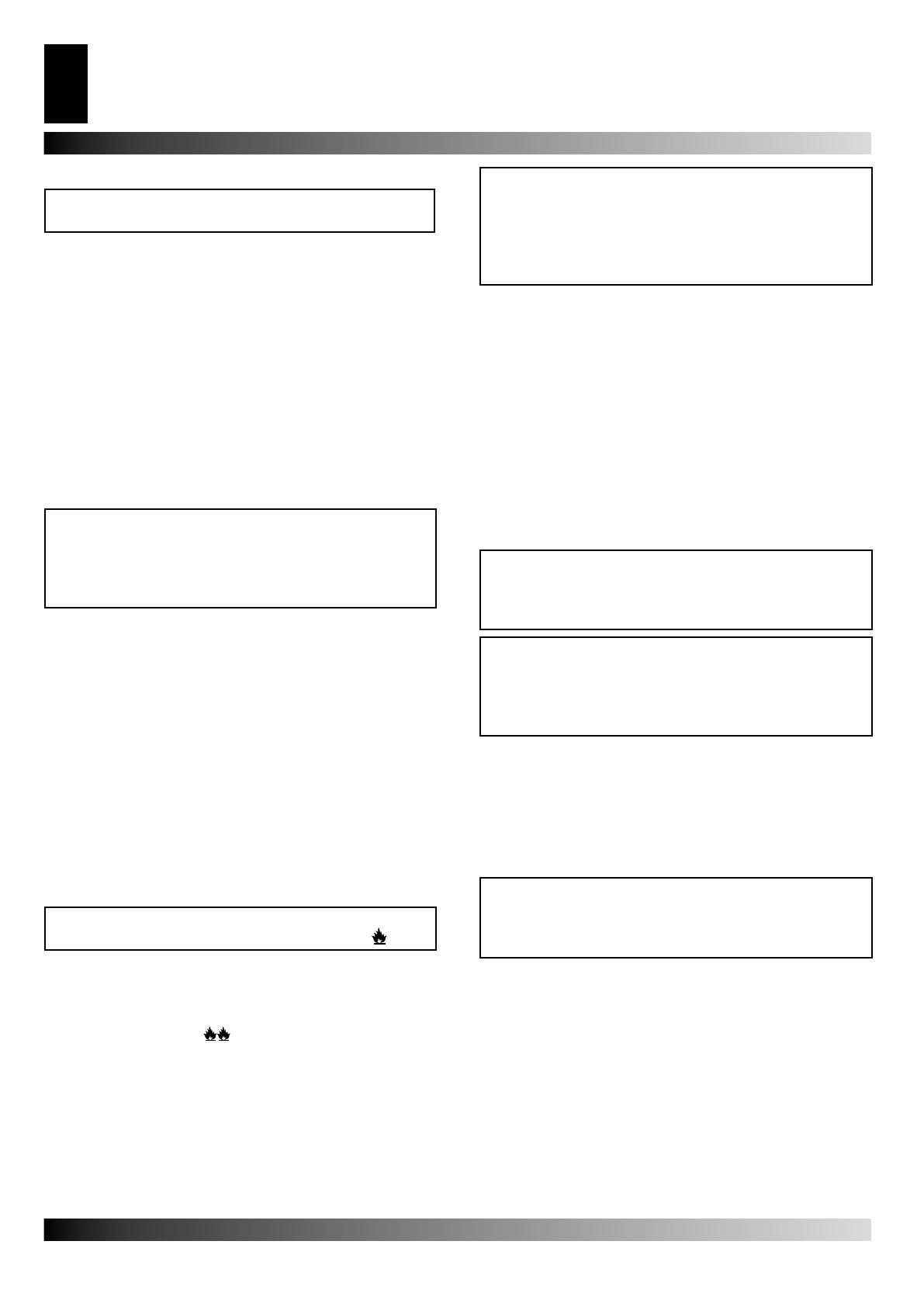
5
en
COMBUSTIBLE
WARNING: The heater only works with No. 1, No. 2,
Diesel or Kerosene.
The use of impure combustible can cause:
• Blockage of the combustible lter and nozzle.
• Formation of carbonaceous deposits on the electrodes.
At low temperatures use non-toxic antifreeze.
THEORY OF OPERATION
The ventilation needed for proper combustion is produced
by a fan inside the burner. The air exits the burner sleeve
and mixes with the fuel which is nebulised by a high-pres-
sure nozzle. The fuel is aspirated from the fuel tank by
a rotary pump which forces it at high pressure up to the
nozzle for nebulisation.
OPERATING INSTRUCTIONS
WARNING: Before putting the generator in function,
and therefore before connecting it to the electrical
system, you must check to see if the electrical sys-
tems technical characteristics correspond to those
on the identication plate of the generator.
STARTING THE GENERATOR
1. Follow all of the safety information.
2. Fill the tank with diesel fuel or kerosene.
3. Close the fuel cap.
4. Plug the alimentation cord into a grounded wall plug with
the same tension as the one written on the generator’s
identication plate.
STARTING WITHOUT A THERMOSTAT
• XL 9ERM
Set the switch (B Fig. 5) to the ON position (I). It begins
the period of pre-ventilation and after approximately 10
seconds ones the combustion has beginning.
• XL 9SRM
WARNING: Before starting the generator to make
sure that the button (C Fig. 5) is in position
.
Set the switch (B Fig. 5) to the ON position (I). It begins
the period of pre-ventilation and after approximately 10
second ones the combustion has beginning.
For having the maximum potentiality portare set the
switch (C Fig. 5) to the
position.
STARTING WITH A THERMOSTAT
Regulate the thermostat or the control device (for exam-
ple a timer), if connected, so that it will allow the generator
to function.
WARNING: The generator can ONLY function
automatically when the control device, for example
a Thermostat or a Timer, is connected to the
generator. To connect the control device to the
machine consult the paragraph entitled “ELECTRIC
DIAGRAM”.
Before starting the machine or after the fuel line has been
completely emptied, the fuel ow to the nozzle should be
insufcient to cause the intervention of the security device
which controls the ame (see the “SAFETY DEVICE”
paragraph) that stops the generator. In this case, after
having waited approximately one minute, push the Reset
button (D Fig. 5 and 6) and start the machine.
If the machine isn’t working you should rst control the
following:
1. Make sure that the fuel tank (N Fig. 4) still contains fuel.
2. Press the Restart button (D Fig. 5 and 6).
If the generator still isn’t functioning consult the “FAULTS
AND THEIR LIKELY CAUSES” paragraph to identify the
cause.
WARNING: Before the second ignition (machine
extinguished and adequately cold) to assure the
blocking of the screws that block the anterior de-
ector (L Fig. 4).
WARNING: The electric power that feeds the
generator must be grounded and have a differential
magnetic-thermal switch. The generator’s electric
cord must be attached to a plug equipped with a
section switch.
TURNING THE GENERATOR OFF
Turn the switch (B Fig. 5) to the OFF position (O) or turn
the thermostat or control device (timer) off if there is one
connected. The ame will go out and the ventilation will
continue until it has nished its post-ventilation cycle
(cooling down).
WARNING: Before unplugging the alimentation cord
from the wall, wait until the post-ventilation cycle
is completely nished (it will take approximately 3
minutes to cool down).
SAFETY DEVICE
The generator is equipped with a safety device (L Fig. 6),
which controls the ame. If one or more anomalies occur
when the generator is functioning, the device will block
the burner and the RESET button (D Fig. 5 or 6) will light
up.
The generator also has a post-ventilation device which
enables optimal, automatic cooling of the combustion
chamber for some 3 minutes.
Before turning the generator on again you must identify
and eliminate the cause that blocked the machine.





















